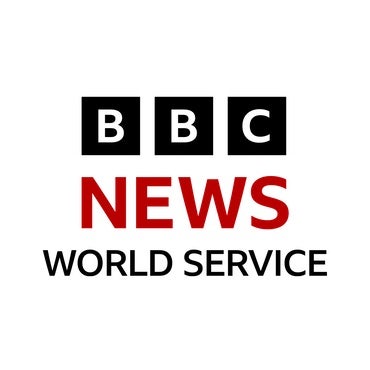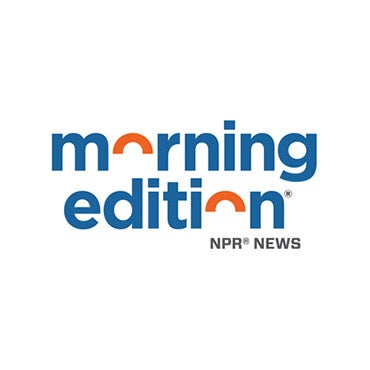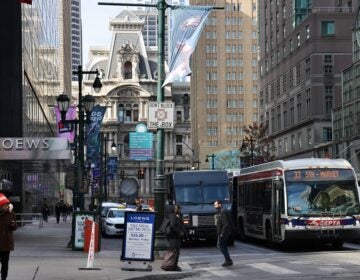Finding art in lost things
How’s this for recycling? Instead of tossing that plastic water bottle into a landfill, transform it into a work of art.
That’s exactly what a group of seniors is doing in a six-week art course, taught by students from the University of the Arts, at Northwest Philadelphia’s Center in the Park.
CIP art student Dianne B. Tucker has found the experience eye-opening. “There is no limit to what a creative mind can make with found objects,” she said. “It has been amazing to see what can come out of things that we think have no artistic value.”
Funded by Philadelphia Electric Company and Philadelphia Corporation for Aging, the Mixed Media/Found Objects Workshop exposes students to a whole new way of looking at those objects we normally throw away.
According to instructors Tara Ostrowski and Eric Abaka of UArts, you can learn a lot when you repurpose materials from their original function. “This type of art says something about society’s consumption and the environment,” Abaka said. “We are so eager to dispose of things without using them to their fullest effect.”
In the final class of the workshop on Dec. 3, the students translated an idea into an art project using random found objects.
Senior Edi Chapman found new uses from old newspapers. She used paper-mache to create a container decorated with art pictures from a magazine. She will now put cookies in the container and give it to her nephew as a present.
Bob Sulken, a retired dentist, surprised himself when he shaped a model car from cardboard.
The course hasn’t just been about saving things from the scrap yard, doing the art also has a deeper, more emotional side.
Dr. Donald Ford, a veterinarian, constructed an installation showing world hunger. Tree bark became continents, broken crayons were destroyed crops, and discarded game board pieces represented oil tankers and other sources of pollution. Ford found the process cathartic and liberating.
“In my profession, I am constrained and have to deal with the problem presented,” he said. “Here, I can be free in my expression and comment on the causes and solutions without constraints.”
WHYY is your source for fact-based, in-depth journalism and information. As a nonprofit organization, we rely on financial support from readers like you. Please give today.




